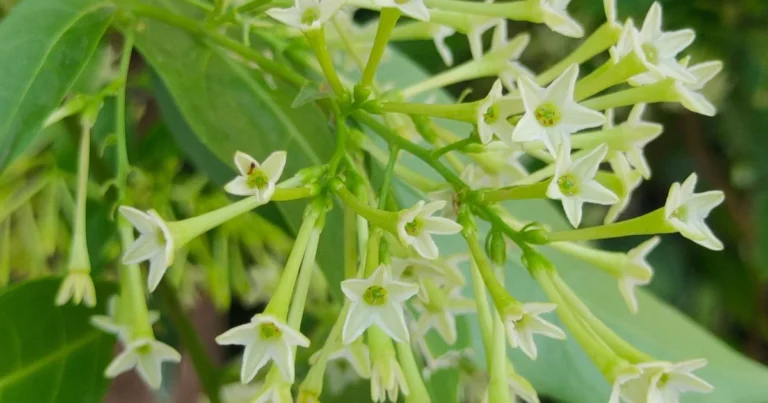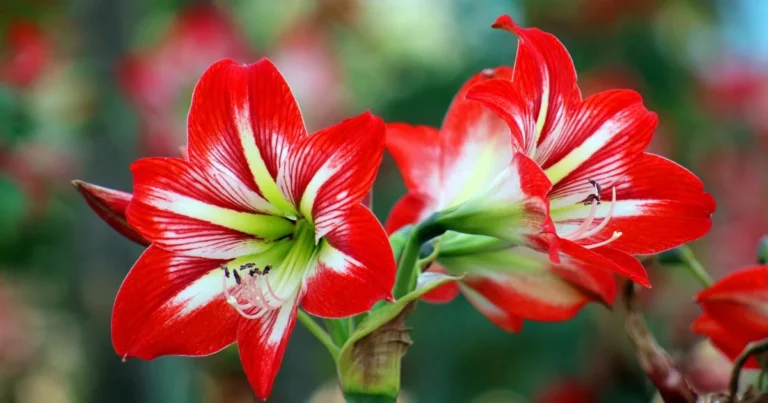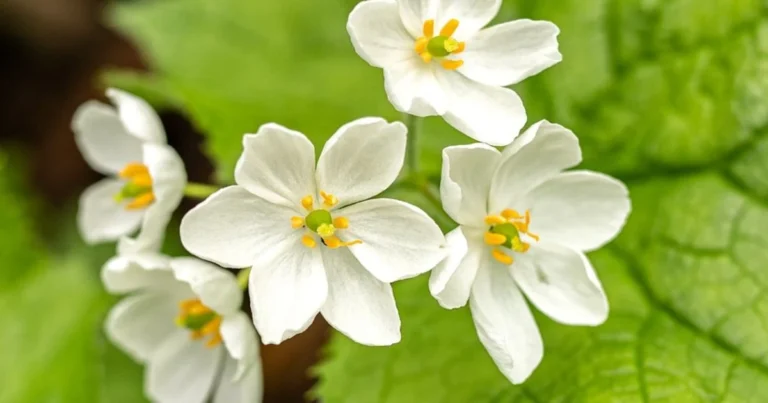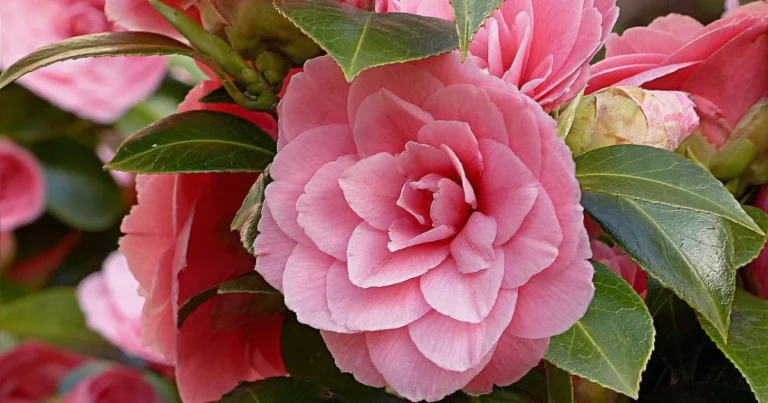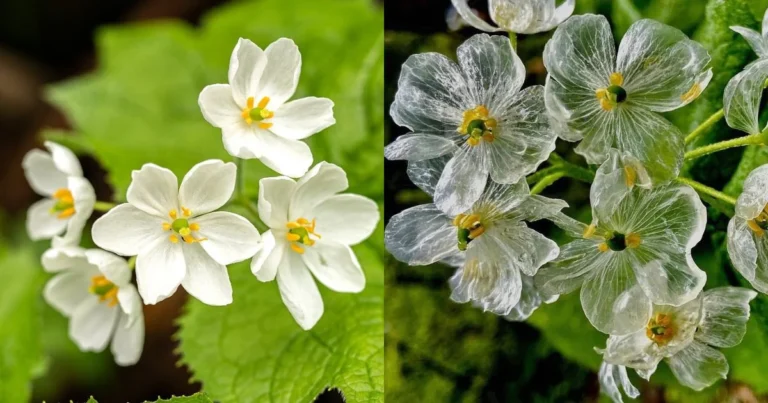Explore Stunning Flowers Beginning with P
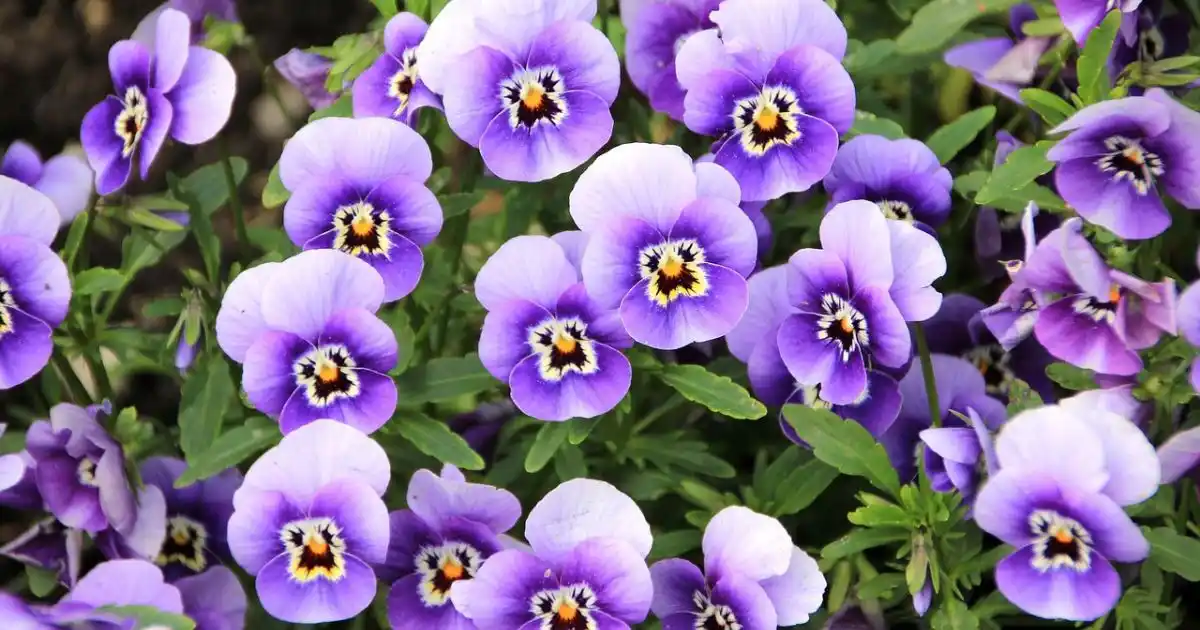
Blooming Beauty: Why Flowers Beginning with P Are Truly Special
Flowers beginning with P have a charm and elegance that make them stand out in any garden or bouquet. Whether you’re an avid gardener or someone who simply loves the beauty of blooms, exploring these unique flowers can spark your imagination. From their vivid colors to the fascinating stories behind their names, these flowers captivate the heart and mind. Let’s dive into a collection of 36 incredible blooms that start with the letter P and discover how they can bring joy and vibrancy to your surroundings.
Table of Contents
1. Pansy
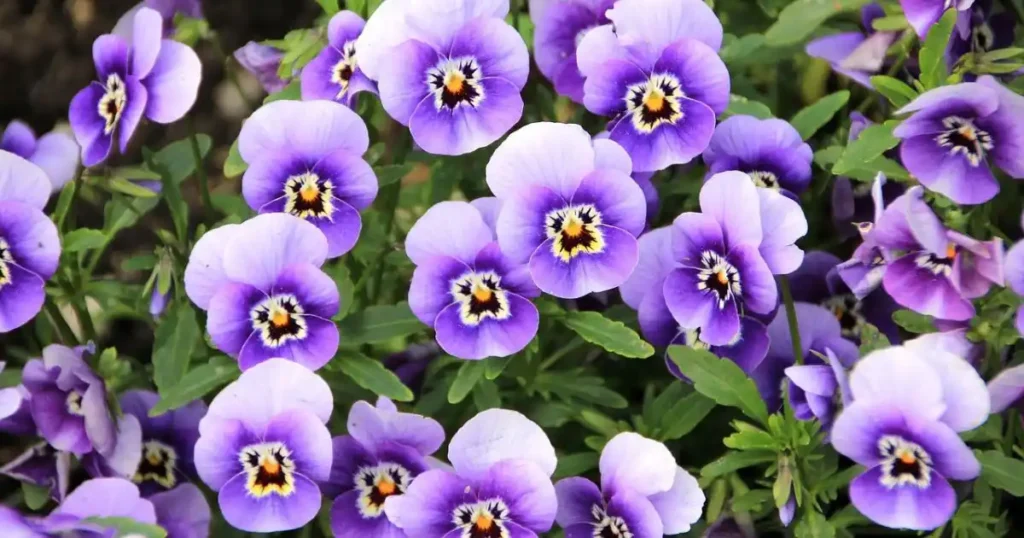
Pansies are some of the most cheerful and recognizable flowers beginning with a P. Their heart-shaped petals and bright colors make them a favorite for gardens and window boxes. These versatile blooms thrive in cooler weather and are perfect for adding a pop of color to your landscape. With shades ranging from deep purple to sunny yellow, pansies can match any design scheme.
Fun Fact:
Pansies symbolize loving thoughts and remembrance, making them a meaningful addition to bouquets and decorations.
2. Petunia
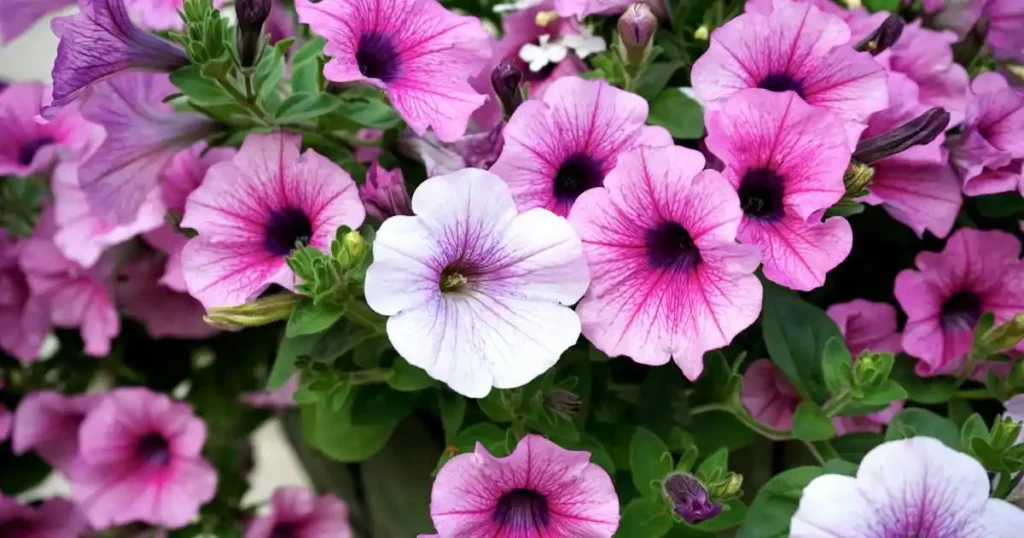
When it comes to vibrant flowers that start with a P, petunias are at the top of the list. These trumpet-shaped flowers are easy to grow and come in a stunning array of colors. Petunias are perfect for hanging baskets, garden borders, and even containers on patios. Their long blooming season ensures your garden stays lively throughout the warmer months.
Fun Fact:
While petunias can represent anger in some traditions, they also symbolize soothing qualities and comfort.
3. Phlox
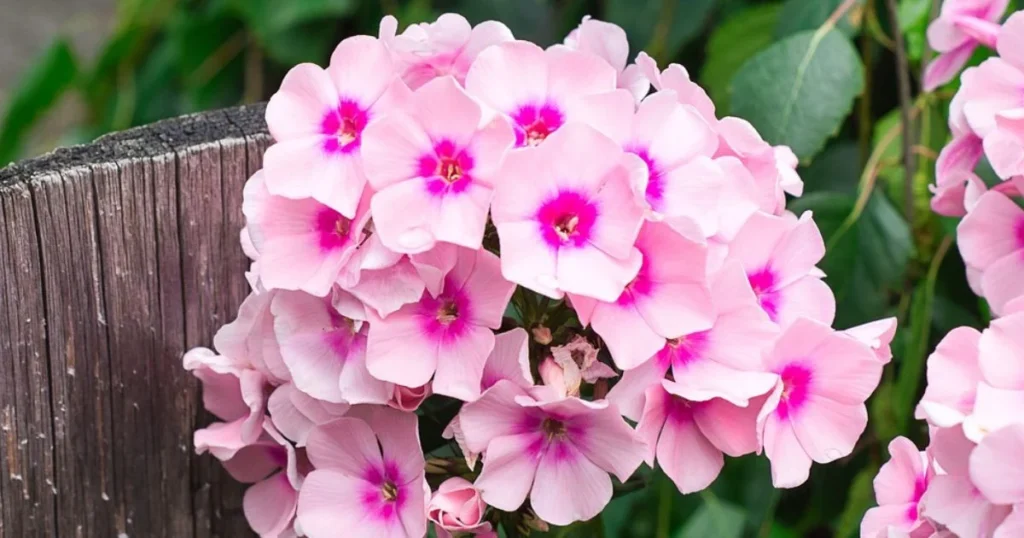
Phlox is a must-have for gardeners looking for fragrant, colorful clusters of flowers. These perennial blooms thrive in sunny locations and are perfect for cottage gardens. Available in shades of pink, purple, and white, phlox adds a delicate yet striking touch to flower beds.
Fun Fact:
Phlox symbolizes harmony and sweet dreams, making it a delightful choice for gardens with a tranquil theme.
4. Primrose
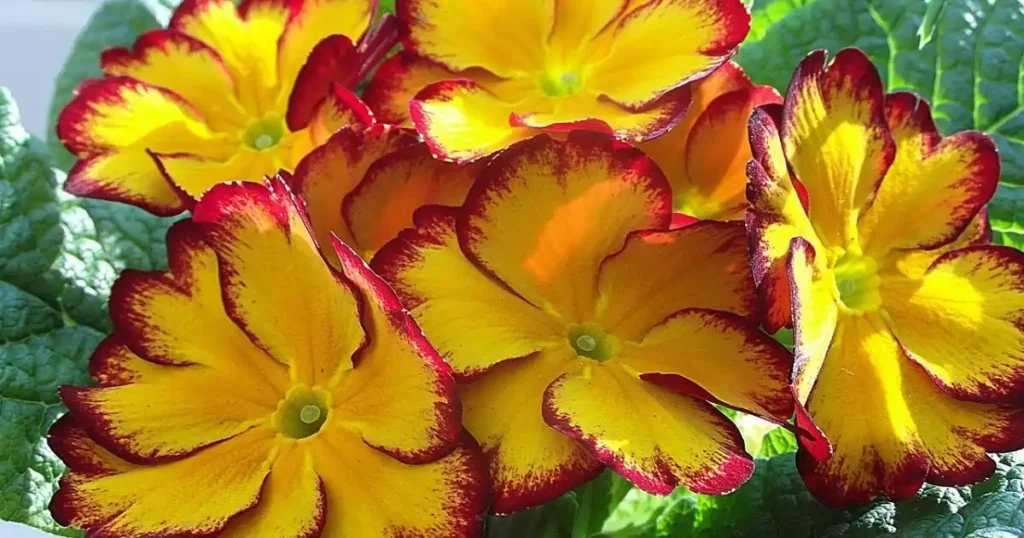
The primrose is one of the first flowers beginning with a P to bloom in early spring. These delicate blooms, often found in soft pastels, herald the arrival of warmer days. Primroses are well-suited for garden beds, borders, and even containers, making them a versatile choice for any gardener.
Fun Fact:
Primroses are associated with youth and everlasting love, often given as tokens of affection.
5. Peony
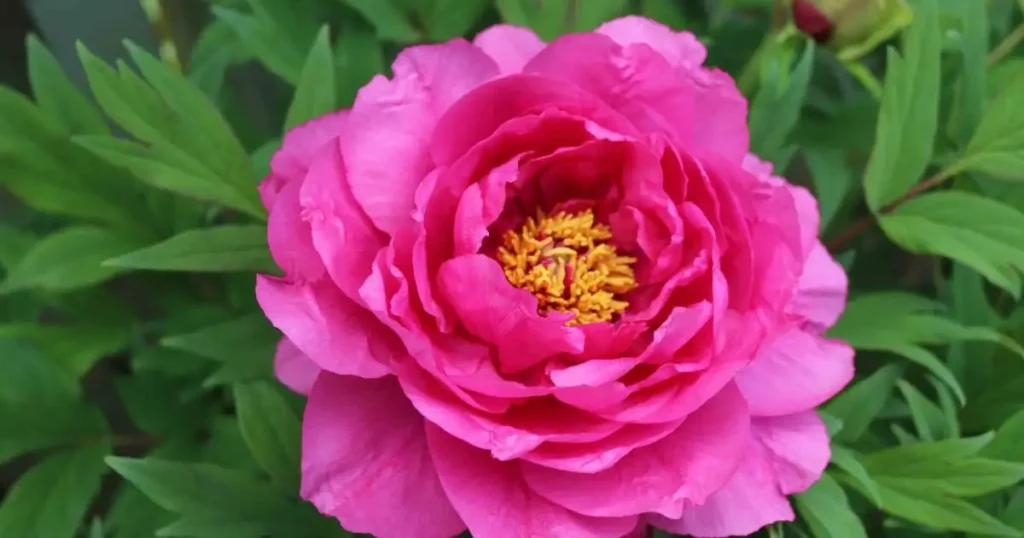
Known for their lush, it’s one of the best Flowers beginning with P, oversized blooms and intoxicating fragrance, peonies are a staple in both gardens and floral arrangements. These elegant flowers add a touch of luxury to any space. With proper care, peonies can bloom for decades, becoming a cherished part of your garden.
Fun Fact:
Peonies mean good things like wealth, love, and luck, which is why people love to have them at weddings.
6. Periwinkle
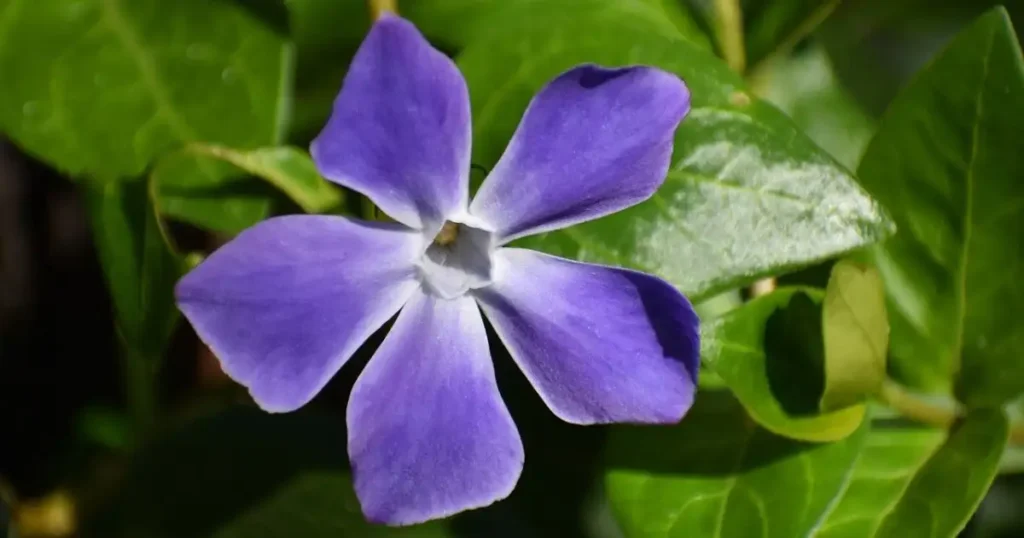
Periwinkles, also known as vinca, are small, star-shaped flowers often used as ground cover. Their evergreen foliage and delicate blooms in shades of blue, purple, and white make them a popular choice for low-maintenance landscaping.
Fun Fact:
Periwinkles represent friendship and harmony, perfect for adding a welcoming touch to your garden.
7. Passionflower
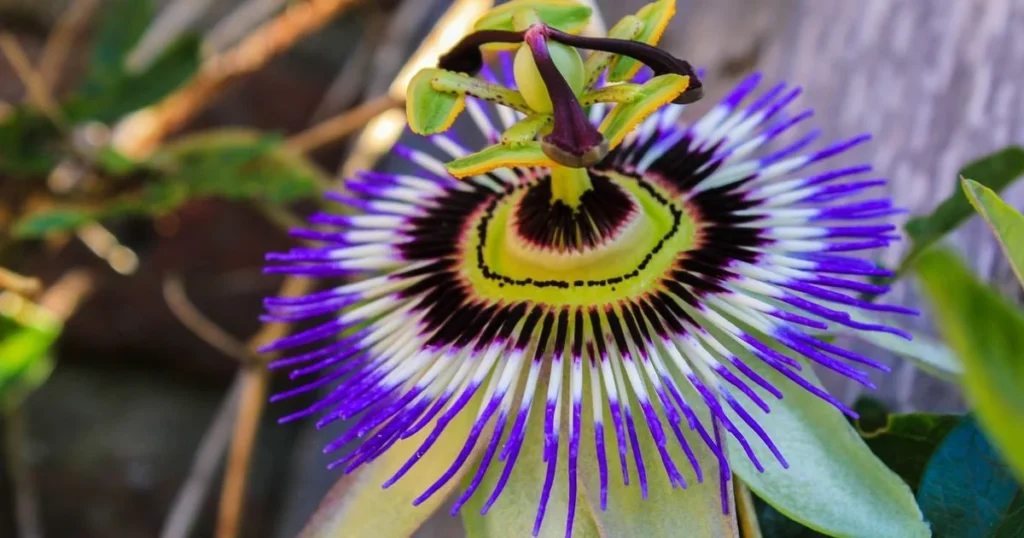
The exotic and intricate design of the passionflower makes it one of the most unique p flower names. These tropical blooms attract pollinators like bees and butterflies, adding life to your garden. Passionflowers are also known for their medicinal properties and are often used in herbal remedies.
Fun Fact:
Passionflowers symbolize faith, spirituality, and creativity, reflecting their captivating beauty.
8. Purple Coneflower
Purple coneflowers are a favorite among gardeners for their vibrant daisy-like blooms and sturdy nature. These native perennials are perfect for adding texture and color to your flower beds, as they attract pollinators like bees and butterflies. Their distinctive purple petals surround a spiky, dark center, making them a striking addition to any garden. Easy to care for, purple coneflowers thrive in full sun and well-draining soil.
Fun Fact:
Purple coneflowers have medicinal uses and are believed to boost the immune system, often used in herbal remedies.
9. Plumeria
Plumeria is a tropical flower that is known for its sweet fragrance and beautiful star-shaped petals. These exotic blooms, often seen in Hawaiian leis, come in a range of colors, including white, yellow, pink, and red. Plumerias thrive in warm climates and require plenty of sunlight to bloom, making them a perfect addition to a tropical garden or indoor space with proper care.
Fun Fact:
Plumeria flowers are often used to symbolize beauty, charm, and grace in various cultures.
10. Powderpuff
The powderpuff flower, it’s one of the best Varieties of Flowers Beginning with P, with its soft, fluffy appearance, resembles a puff of cotton candy. These whimsical blooms come in pink or white and add a playful touch to gardens. They thrive in warm climates and are known for attracting bees and butterflies, making them an excellent choice for creating a pollinator-friendly garden. With their delicate appearance, powderpuffs make a charming addition to any landscape.
Fun Fact:
Powderpuff flowers are named for their fluffy, powdery-like structure, which adds to their soft and dreamy aesthetic.
11. Poppy
The poppy is a symbol of remembrance, with its delicate petals that range from bright red to soft pink. These flowers have been immortalized in history and are often associated with World War I. Poppies grow best in well-draining soil with plenty of sunlight, and they add vibrant color to any garden. Their wild beauty and ease of growth make them a popular choice for both beginners and seasoned gardeners.
Fun Fact:
Poppies are known to symbolize sleep and peace, and they are often used to create remembrance gardens for fallen soldiers.
12. Plumbago
Plumbago is a climbing shrub with stunning clusters of small blue or white flowers that brighten up any space. Known for its easy care and ability to tolerate a variety of conditions, plumbago thrives in both sunny and partially shaded areas. It’s ideal for adding color to fences, trellises, or hanging baskets, and is especially loved for its long-lasting blooms.
Fun Fact:
Plumbago is named after the Latin word “plumbum,” which means lead, due to the lead-colored stems of some species.
13. Prairie Smoke
The prairie smoke flower is a unique and interesting plant known for its feathery pink or purple blooms. The flowers’ distinctive, wispy appearance resembles smoke, which is how this flower got its name. Prairie smoke thrives in dry, rocky soil and is a great addition to wildflower gardens, as it attracts pollinators like bees and butterflies.
Fun Fact:
Prairie smoke flowers are native to North America and are often found in prairies and open grasslands.
14. Parrot’s Beak
Parrot’s beak is a striking flower that gets its name from the shape of its petals, which resemble a parrot’s beak. Native to South Africa, this flower is typically red or orange, adding a tropical vibe to your garden. Parrot’s beak is perfect for hanging baskets or containers, as it grows in a trailing habit and requires full sun and well-drained soil to thrive.
Fun Fact:
Parrot’s beak is sometimes called “Lotus berthelotii” and is known for its unusual, bird-like appearance, making it a unique garden feature.
15. Pineapple Sage
Pineapple sage is a fragrant herb that blooms with brilliant red flowers. The plant’s aroma is reminiscent of fresh pineapple, which makes it a delightful addition to herb gardens. Pineapple sage attracts hummingbirds and butterflies, making it an ideal plant for pollinator-friendly gardens. This plant thrives in full sun and well-draining soil, and its leaves can also be used in culinary dishes and teas.
Fun Fact:
Pineapple sage flowers are edible and have a mild pineapple flavor, often used in salads and drinks.
16. Pink Lady’s Slipper
The pink lady’s slipper is a rare and delicate wildflower that adds elegance to shady, wooded areas. Known for its unique slipper-shaped bloom, this flower is a member of the orchid family and thrives in acidic, well-drained soil. While the flower is primarily pink, its shape and texture make it an unmistakable addition to any garden.
Fun Fact:
The pink lady’s slipper is a protected species in many areas due to its rarity and specific growing conditions.
17. Pincushion Flower
The pincushion flower, or scabiosa, is known for its rounded, spiky blooms that resemble a pincushion. These flowers come in shades of blue, pink, purple, and white, and their unique structure makes them a favorite for floral arrangements. Pincushion flowers are easy to grow in well-drained soil with plenty of sunlight and are perfect for attracting butterflies to your garden.
Fun Fact:
Pincushion flowers are a symbol of love and affection, making them a lovely addition to romantic bouquets.
18. Pigeon Pea
The pigeon pea is a flowering legume that produces yellow, orange, or pink blossoms. These plants are popular in tropical regions and are often grown for their edible seeds, which are used in cooking. Pigeon peas are low-maintenance and thrive in dry, well-drained soil with plenty of sunlight, making them a great addition to sustainable and edible gardens.
Fun Fact:
Pigeon peas are often used in traditional dishes in Southeast Asia and Africa and are valued for their high protein content.
19. Painted Daisy
Painted daisies are known for their vibrant colors and cheerful, daisy-like petals. They come in a variety of hues, including red, pink, yellow, and white, and add a burst of color to any garden. Painted daisies are easy to care for and thrive in sunny locations with well-drained soil, making them an ideal choice for borders, flower beds, or containers.
Fun Fact:
Painted daisies are often used in floral arrangements because of their long-lasting blooms and wide variety of colors.
20. Pothos
Pothos, also known as devil’s ivy, is a hardy and versatile plant that can be grown indoors or outdoors. This trailing vine is prized for its heart-shaped, glossy green leaves, and its ability to thrive in low light conditions. Pothos is a low-maintenance plant that requires minimal care, making it a perfect choice for beginners. It is often used as a hanging plant or in decorative containers.
Fun Fact:
Pothos is known for its air-purifying qualities and can help improve indoor air quality by removing toxins from the air.
21. Purple Heart Plant
The purple heart plant is an eye-catching perennial known for its vibrant purple foliage and tiny pink flowers. This plant thrives in full sun or partial shade and is ideal for ground cover or hanging baskets. It’s especially valued for its bold color, which adds dramatic flair to garden beds or indoor plant displays.
Fun Fact:
The purple heart plant is a popular choice in landscaping because it can tolerate a variety of soil types and is drought-resistant.
22. Pomegranate
The pomegranate plant produces vibrant red flowers that are not only beautiful but also yield delicious, nutrient-packed fruit. Known for their ornamental and edible value, pomegranate trees thrive in hot, dry climates. The flowers bloom in late spring to early summer, followed by the development of the iconic fruit that is rich in antioxidants.
Fun Fact:
Pomegranates have been cultivated for over 4,000 years and are considered a symbol of fertility, abundance, and longevity.
23. Parlor Palm
The parlor palm is a graceful indoor plant that thrives in low light conditions. Known for its elegant, arching fronds, this plant can add a touch of tropical flair to your home or office. Parlor palms are easy to maintain and grow slowly, making them perfect for smaller spaces and indoor environments.
Fun Fact:
The parlor palm is one of the most popular houseplants and is praised for its ability to purify the air and improve indoor air quality.
24. Prairie Lupine
Prairie lupine is a native wildflower that grows in the prairies of North America. Known for its striking spikes of purple and blue flowers, this plant attracts pollinators like bees and butterflies. Prairie lupine thrives in well-drained, sandy soil and is ideal for xeriscaping, as it is drought-tolerant once established.
Fun Fact:
The prairie lupine is often used in ecological restoration projects due to its ability to improve soil quality by fixing nitrogen.
25. Pink Jasmine
Pink jasmine is a fragrant, climbing plant that is perfect for creating a lush, aromatic outdoor space. This vine produces small pink flowers in clusters, emitting a sweet scent that fills the air. Pink jasmine thrives in full sun or partial shade and is often used to adorn trellises, fences, or arbors.
Fun Fact:
Pink jasmine is known to symbolize love and is often used in wedding bouquets and floral arrangements to represent romance.
26. Pygmy Date Palm
The pygmy date palm is a small, slow-growing palm tree that adds a tropical feel to any garden or indoor space. It features feathery fronds and produces small, edible dates. This palm thrives in full sun and can tolerate a variety of soil types, making it a great addition to both decorative gardens and outdoor landscapes.
Fun Fact:
The pygmy date palm is often used as a decorative plant in homes and offices due to its compact size and elegant appearance.
27. Parthenocissus
Parthenocissus, commonly known as virginia creeper, is a fast-growing vine that produces small flowers and vibrant red or purple foliage in the fall. Often used as ground cover or for climbing trellises, this plant is especially prized for its ability to create dense, leafy cover on fences and walls.
Fun Fact:
The leaves of the virginia creeper change color with the seasons, making it a popular choice for adding seasonal interest to gardens.
28. Papyrus
Papyrus is a unique and ancient plant that grows tall, feathery stems with a tuft of thin, spiky leaves at the top. Native to Egypt, this plant is commonly found in wetlands and can grow up to 10 feet tall. Papyrus is used in ornamental ponds and water gardens, adding a striking vertical element to landscaping.
Fun Fact:
Papyrus was used in ancient Egypt to make paper, which is why it is often associated with historical writings and documents.
29. Pitcher Plant
The pitcher plant is a carnivorous plant known for its unique, tubular shape that traps and digests insects. These plants thrive in nutrient-poor soil and often grow in boggy environments. The bright, tubular flowers of the pitcher plant come in various colors, including red, yellow, and green, adding a dramatic touch to gardens.
Fun Fact:
Pitcher plants are highly specialized in trapping insects using their slippery surfaces and digestive enzymes, which help them obtain nutrients from their prey.
30. Pink Bleeding Hear
The pink bleeding heart is a striking perennial with heart-shaped flowers that dangle delicately from arching stems. This flower blooms in early spring and is perfect for shady gardens or woodland settings. Its soft pink hue and unique shape make it an enchanting addition to any landscape.
Fun Fact:
Pink bleeding heart flowers are often associated with love and emotions, symbolizing both sorrow and compassion.
31. Paracress
Paracress is a unique flowering plant known for its vibrant yellow and red blooms. Often used as an ornamental plant in gardens, paracress thrives in sunny locations with well-drained soil. It is also used in culinary applications in certain parts of the world, where the leaves have a peppery taste.
Fun Fact:
Paracress is sometimes called the “toothache plant” because its leaves contain compounds that can numb the mouth when chewed.
32. Pilea
Pilea is a genus of plants that includes several varieties, such as the popular Chinese money plant. These plants are known for their round, coin-shaped leaves and easy-to-care-for nature. Pilea plants are perfect for indoor gardening, as they thrive in moderate light and require minimal care.
Fun Fact:
Pilea is considered a symbol of good fortune and prosperity, making it a popular gift plant in many cultures.
33. Pansy Violet
The pansy violet is a hybrid flower that combines the charm of pansies with the rich colors of violets. These blooms are often multicolored, with purple, yellow, and white petals creating a beautiful contrast. Pansy violets are perfect for container gardening and flower beds and thrive in cooler weather.
Fun Fact:
Pansy violets are symbolic of remembrance and thoughtfulness, often used in memorial gardens or to convey affection.
34. Pearl Flower
The pearl flower, or Hoya, is known for its waxy, star-shaped blooms that resemble pearls. This flowering vine is often used as an indoor plant, thriving in bright, indirect light. The pearl flower is also prized for its sweet fragrance, which fills the air when the blooms open.
Fun Fact:
Hoya plants, including the pearl flower variety, are known for their ability to purify indoor air and are sometimes called “wax flowers” due to their waxy petals.
35. Phalaenopsis Orchid
The phalaenopsis orchid, often called the moth orchid, is one of the most popular types of orchids due to its elegant and long-lasting flowers. These orchids come in a variety of colors, from white and pink to purple and yellow. They are commonly grown indoors as houseplants and are appreciated for their ability to bloom year-round with proper care.
Fun Fact:
Phalaenopsis orchids are known for their symbolic meanings of love, beauty, and fertility, making them a popular choice for gifts.
36. Poinsettia
Poinsettias are best known for their vibrant red and green foliage, especially around the holidays. These plants are native to Mexico and bloom during the winter, making them a popular choice for festive decorations. Poinsettias require bright, indirect light and are often used in Christmas arrangements and holiday displays.
Fun Fact:
The poinsettia flower got its name from a guy named Joel Poinsett. He was the first U.S. ambassador to Mexico, and he brought the plant back to the United States sometime in the 1800s.
Explore a variety of beautiful flowers beginning with A to expand your floral knowledge.
FAQ: Flowers Beginning with P
What are some popular flowers beginning with P?
Popular options include pansies, peonies, petunias, primroses, and phlox.
How can I care for flowers beginning with P?
Most require well-draining soil, moderate sunlight, and regular watering. Prune regularly to keep them healthy.
Are there any exotic flowers beginning with P ?
Yes, passionflower and pitcher plant are two exotic choices with unique appearances.
Which flowers beginning with P are best for bouquets?
Peonies, pansies, and petunias are perfect for vibrant and fragrant bouquets.
Where can I find flowers beginning with P pictures and names?
You can explore flowers beginning with P guides online or visit local garden centers for inspiration and photos.
Conclusion
Exploring flowers beginning with P reveals the diversity and beauty of nature. From cheerful pansies to luxurious peonies, these blooms bring color, joy, and meaning to our lives. Whether you’re planting them in your garden or using them in decor, these flowers are sure to brighten your day. So, why not start your floral journey today? Add a few of these stunning blooms to your collection and watch the magic unfold!

